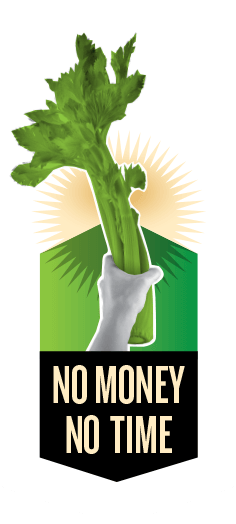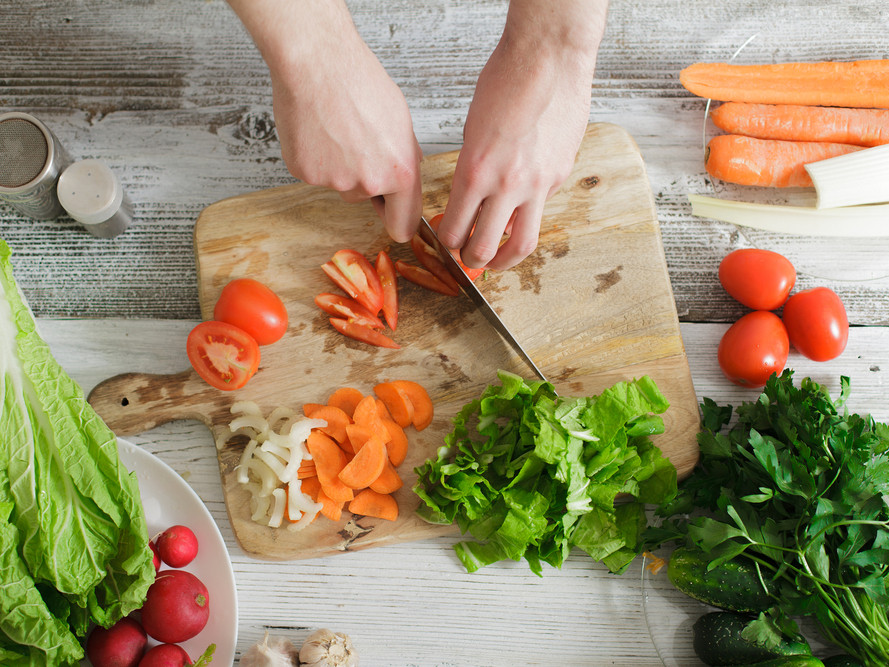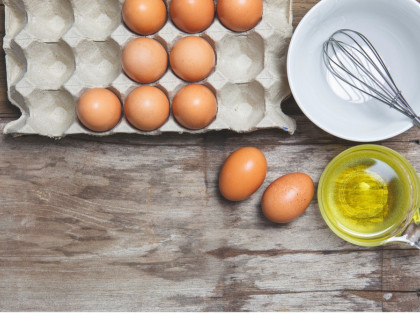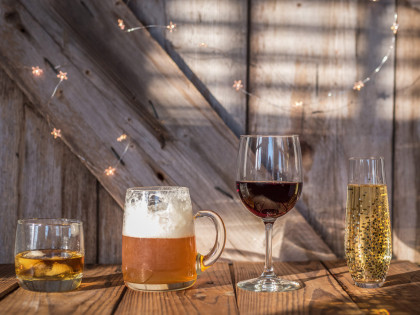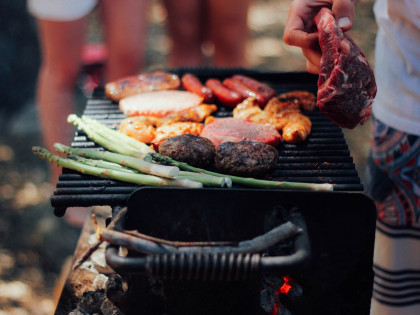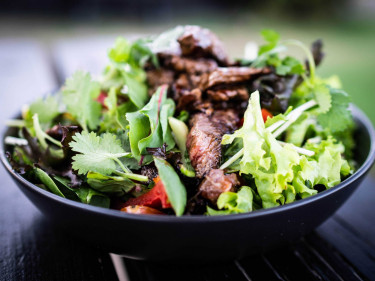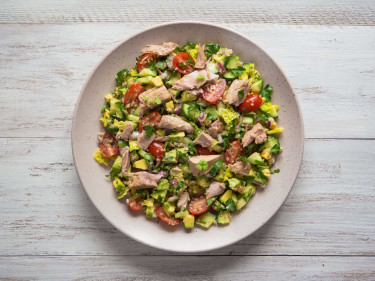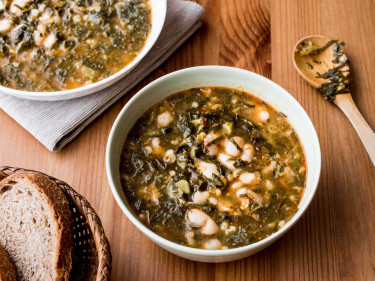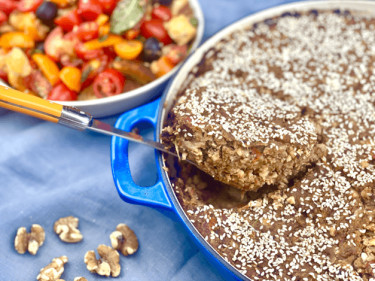People who feel confident using recipes and preparing foods are more likely to eat a variety of healthy core foods, including wholegrains, vegetables, fruit, lean meat and dairy and meat and dairy alternatives. This can lead to eating less saturated fat sugar and salt. This can support healthy eating goals, while increased confidence can lead to increased enjoyment in the kitchen.
There's no need to be a MasterChef to experience the benefits that come with learning basic cooking skills. So which cooking skills are great to start practicing now? The list of cooking skills you could learn is extensive. Don’t worry, we’ve wrapped up a few that we think are really useful for beginners:
1. Knife skills
A sharp knife helps you work faster and reduces the risk of kitchen injuries. Knowing how to safely use a sharp knife can help you prepare a wide variety of healthy foods more quickly. Here are our top tips:
Keep your knives sharp:
A sharp knife will help prevent unnecessary injuries. Using a blunt knife requires you to apply more pressure to cut through food. This can increase the chance the knife slips, which can lead to a cut.
If you need to sharpen the knives you have at home watch this video to see how to use a ceramic cup to sharpen knives.
Keep your fingers out of the way:
The safest and most effective hand position for chopping is called a “bear claw. One hand holds the food still, while the helping hand is positioned with fingertips bent inwards (like a claw). You can then use the knife to cut the food. When you are confident you can even use your knuckles as the guide.
Keep your board steady:
When setting up a chopping board, place a damp cloth or paper towel underneath the chopping board to keep it from sliding around when you’re cutting.
2. Grating
Grating can be used when you don’t have ready access to a sharp knife, or when you need smaller pieces that would be challenging to do with a knife. Crunchy, firm foods, such as cabbage, carrot, zucchini and potato, as well as onions and cheese are all suitable for grating.
To grate vegetables:
- Prepare your vegetables by first washing them. Cut large items into smaller, more manageable pieces for grating.
- Set up your grater over a large mixing bowl or chopping board.
- Place the food in your hand and at a 65-degree angle to the grater and drag the food across the blades (holes).
- Keep your fingers out of the way! Always be aware of how close your fingers are to the grater to avoid injury.
Try grating vegetables for extra serves of vegetables to your bolognaise, create an easy potato rosti for a yum meal, or try this NMNT cauliflower rice recipe
3. Blanching
Blanch vegetables to bring out their vibrant colour and keep their crunchy texture. By very quickly heating and then cooling the vegetables, their enzymes are neutralised by the quick change in temperature. Blanching helps retain more of the vitamin content due to the shorter cooking time. Vegetables best suited to blanching include asparagus, broccoli, beans, and cauliflower.
How to blanch foods:
- Bring a large pot of water to the boil and in a separate large bowl, prepare water with ice.
- Prepare your vegetables by washing and trimming the ends or dry stalks as needed.
- Place the vegetables into the boiling water and cook for 2-3 minutes, until the colour of the vegetables brightens.
- Drain the boiling water from the food using a sieve or remove the vegetables from the water using tongs and quickly transfer them to the ice water to cool.
- Once cool, drain the water and allow to dry (you can use paper towel or a clean tea towel).
- Store in an airtight container in the fridge for up to 3 days.
Try it out in this Healthy Asparagus and Potato Salad Recipe
4. Browning
Browning meat enhances its flavour, aroma and colour. Naturally occurring sugars and proteins in the food come into contact with dry heat, from a hot fry pan, grill or toaster causing a chemical reaction called the Maillard reaction. This also why bread turns golden and crunchy when cooked or toasted. You can enhance flavour by browning tougher cuts of meat, such as shanks or chuck steak, before slow cooking.
How to brown meat:
- Trim the visible fat from the meat.
- Heat a fry pan on high heat and add a small amount of olive oil.
- Add the meat and sear on each side for about 1 minute (or until browned).
- Add into your recipe.
Try it in this NMNT slow cooked beef stroganoff
5. Sauces from scratch
The reason for the rich, mouth-watering smell that you get when you cook garlic and onions, is the same reason that cheese tastes so good, and why mushrooms develop a strong, savoury flavour when cooked. These foods all contain a compound called glutamate, which is responsible for that Umami flavour (or savoury taste). By using foods that naturally contain glutamate in soups, stews and sauces you can add a rich flavour and moreish taste to meals, without the need for salt.
Try it in this Healthy Red Lentil Minestrone Soup

